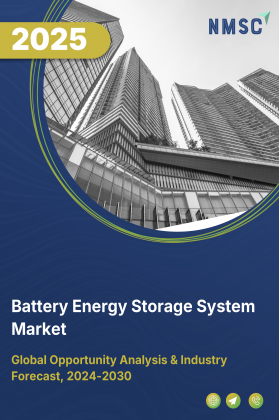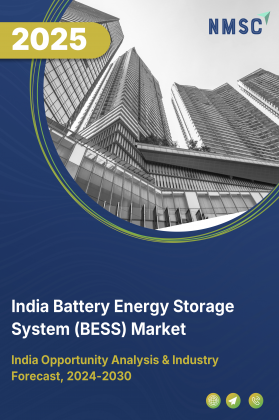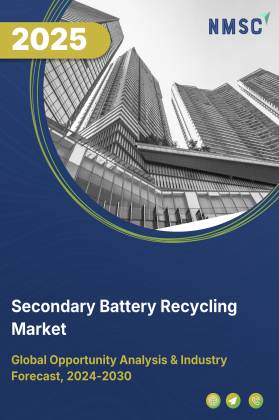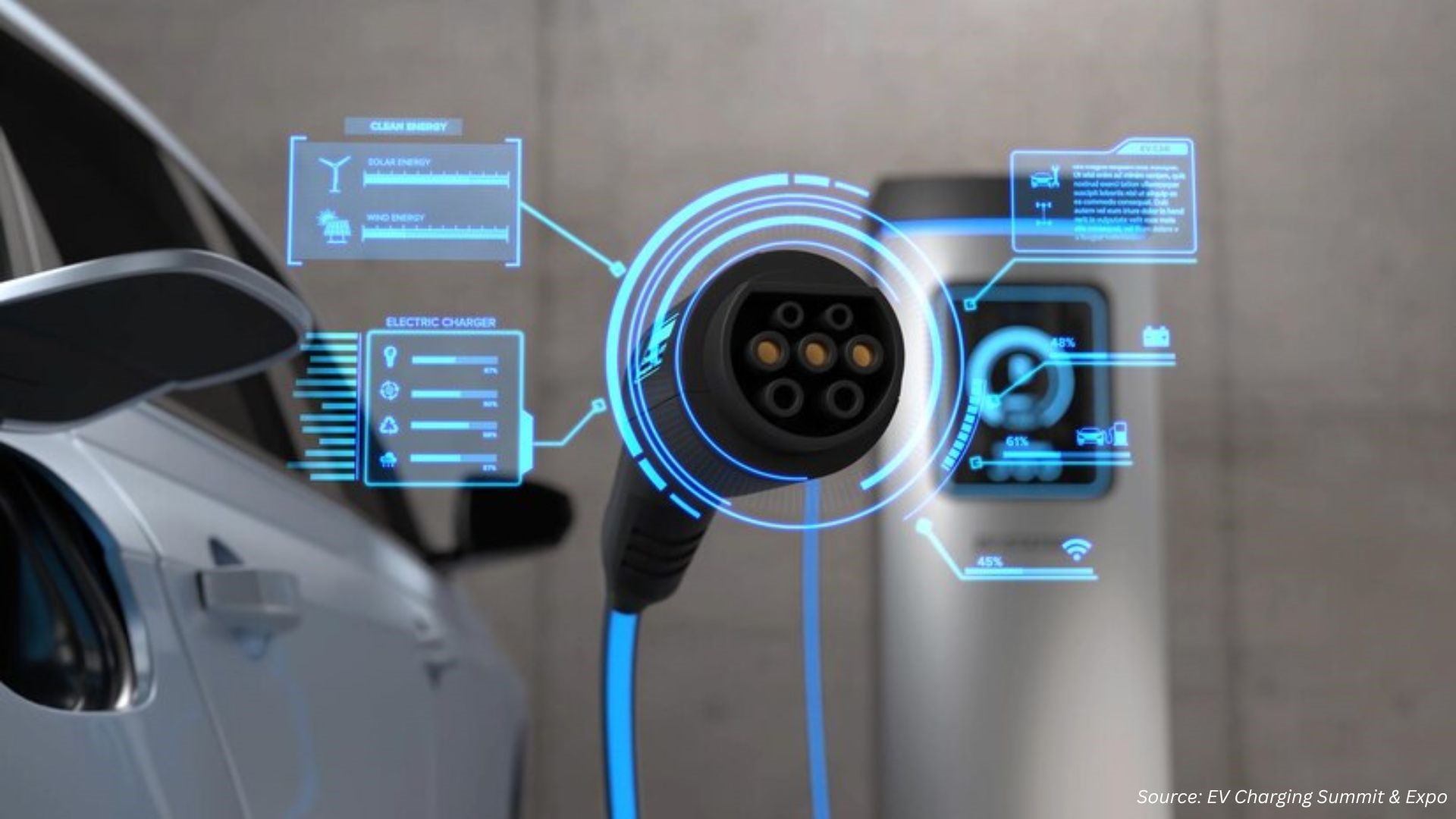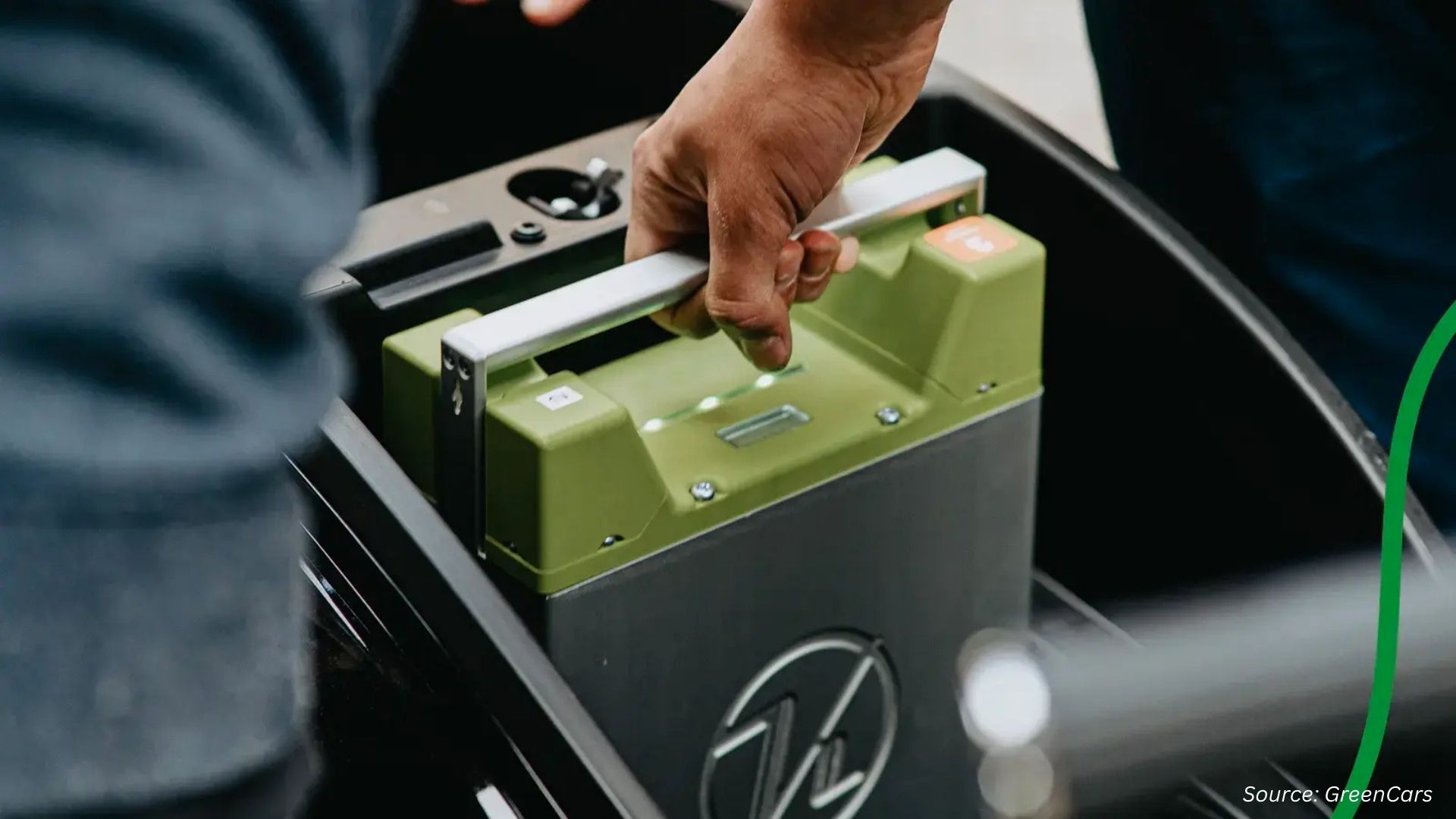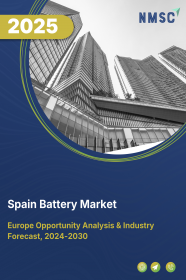
Spain Battery Market by Type (Lead Acid, Lithium Ion, Nickel Metal Hydride, Nickel Cadmium, and Others), by Application (Residential, Industrial, and Commercial), and by Power Systems (Fuel Cell Batteries, Proton-Exchange Membrane Fuel Cells, Alkaline Fuel Cells, Phosphoric Acid Fuel Cells, Solid Oxide Fuel Cells, Molten Carbonate Fuel Cells, Air Cells, Flywheel Energy Storage, Nuclear Batteries) – Opportunity Analysis and Industry Forecast 2023-2030
Industry: Energy & Power | Publish Date: 24-Jul-2025 | No of Pages: 209 | No. of Tables: 168 | No. of Figures: 113 | Format: PDF | Report Code : EP705
Market Definition
The Spain Battery Market size was valued at USD 373.5 million in 2024 and is predicted to reach USD 473.1 million by the end of 2025. The industry is predicted to reach USD 1188.2 million by 2030 with a CAGR of 21.28% from 2025 to 2030. Additionally, in terms of value, the market volume in 2024 was 563 thousand units and is projected to 1027.7 thousand units in 2025. Moreover, the Spain battery industry is expected to reach 6859.2 thousand units by 2030, with a CAGR of 37.21 % from 2025 to 2030.
A battery is a device that stores energy and then discharges it by converting chemical energy into electricity. Typical batteries produce electricity chemically by using one or more electrochemical cells. Batteries are classified into two types: primary batteries, and secondary batteries. A primary battery is a non-rechargeable, simple and convenient power source for several portable electronic and electrical devices like lights, cameras, watches, toys, radios, and others. On the other hand, a secondary battery is also called a rechargeable battery, as it can be electrically recharged after discharge. Batteries have become an essential source of energy in our day-to-day life. The development of advanced technologies, including smartphones, tablets, laptops, solar power, and electric vehicles (EVs), led to the introduction of powerful batteries that can last longer and deliver the necessary energy.
Influence of Robust Electric Vehicle Adoption and Government Initiatives on Spain's Battery Market
Spain holds a large share of battery market owing to very high adoption of EVs in the country. This can be attributed to factors such as several initiatives undertaken by the government that promote the use of EVs. For instance, in 2020, Spain announced a program to promote electric and sustainable mobility as part of the mobility stimulus package called MOVES program. The program is expected to make it easier to maintain investments in sustainable mobility, electrify vehicle fleets, deploy charging infrastructure, and adapt value chains to meet the demand for electric mobility in Spain.
Facilitating Growth via EV Charging Infrastructure Development in Spain
The expansion of charging infrastructure for electric vehicles (EVs) in Spain is a significant development that holds several benefits for both consumers and the overall market. A robust and well-developed charging network plays a pivotal role in promoting the adoption of electric vehicles, thereby accelerating the transition towards a more sustainable transportation system.
Safety Considerations Regarding Battery Usage in Spain
Improper handling of batteries carries a range of risks to both human health and the environment. The incorrect disposal of used or drained batteries is a prevalent practice, resulting in their deposition in landfills where they gradually break down, releasing hazardous substances. As these batteries deteriorate over time, they emit chemical elements that can infiltrate the soil, adversely affecting both surface water and groundwater. As a result, this pollution disrupts the ecosystem, endangering aquatic plants and animals that come into contact with detrimental battery elements like mercury, cadmium, lithium, and lead. Consequently, these issues are expected to hinder the growth of the battery market in the region.
Introduction of Nano-Diamond Batteries (NDB) in Multiple Industries
The growing adoption of Nuclear Diamond Batteries (NDBs) across various sectors including automotive, aerospace, and electronics is positioned to create fresh avenues in Spain's battery market. NDBs represent a groundbreaking leap in energy generation and storage, fundamentally reshaping conventional battery concepts. These batteries showcase remarkable endurance by harnessing the energy derived from the radioactive decay of nuclear waste. The trajectory of Spain's battery market is being shaped by the compelling attributes of NDBs, which encompass their compact form, adaptability, cost-efficiency, and scalability across a wide array of applications, ranging from compact chipsets to expansive industrial setups. Functioning as advanced diamond-based alpha, beta, and neutron voltaic batteries, NDBs offer a consistent source of clean energy for a diverse spectrum of applications, surpassing the performance of traditional chemical batteries.
Competitive Landscape
The Spain battery industry includes several market players such asTesla, Inc., Toshiba Corporation, Panasonic Corporation, Exide Industries Ltd., Endurance Motive S.A., TAB Batteries, Millor Battery, Delong Energy, Duracell Inc., Sunlight Group, Basquevolt, Cegasa, NC Power, PYTES Energy, and AESC Group Ltd. among others.
Spain Battery Market Key Segments
By Type
-
Stationery
-
Motive
By Battery Type
-
Primary Batteries (Non-rechargeable)
-
Alkaline Batteries
-
Zinc-Carbon Batteries
-
Lithium-Thionyl Chloride Batteries
-
-
Secondary Batteries (Rechargeable)
-
Lead-Acid Batteries
-
Nickel-Cadmium (NiCd) Batteries
-
Nickel-Metal Hydride (NiMH) Batteries
-
-
Lithium-ion Batteries
-
Lithium Nickel Manganese Cobalt (LI-NMC)
-
Lithium Iron Phosphate (LFP)
-
Lithium Cobalt Oxide (LCO)
-
Lithium Titanate Oxide (LTO)
-
Lithium Manganese Oxide (LMO)
-
Lithium Nickel Cobalt Aluminum Oxide (NCA)
-
-
Other Secondary Batteries
By Voltage Type
-
Low Voltage Batteries (1V - 12V)
-
Medium Voltage Batteries (24V - 100V)
-
High Voltage Batteries (200V - 1000V)
By Power Capacity
-
Low Capacity Batteries (Up to 1,000 mAh)
-
Medium Capacity Batteries (1,000 mAh to 10,000 mAh)
-
High Capacity Batteries (10,000 mAh to 100,000 mAh)
-
Ultra High Capacity Batteries (More than 100,000 mAh)
By Self-Discharge Rate
-
Low Self-Discharge Rate Batteries
-
Medium Self-Discharge Rate Batteries
-
High Self-Discharge Rate Batteries
By Application
-
Residential
-
Industrial
-
Automotive
-
ICE Engines
-
Passenger vehicles
-
Commercial vehicles
-
-
Electric vehicles
-
E-Bikes
-
E-Cars
-
E-Buses
-
E-Trucks
-
-
-
Medical
-
Telecom & IT
-
Consumer Electronics
-
Power & Utility
-
Aerospace & Defense
-
Marine
-
Other Industries
-
-
Commercial
Key Players
-
Tesla, Inc.
-
Toshiba Corporation
-
Panasonic Corporation
-
Exide Industries Ltd.
-
Endurance Motive S.A.
-
TAB Batteries
-
Millor Battery
-
Delong Energy
-
Duracell Inc.
-
Sunlight Group
-
Basquevolt
-
Cegasa
-
NC Power
-
PYTES Energy
-
AESC Group Ltd.
REPORT SCOPE AND SEGMENTATION:
|
Parameters |
Details |
|
Market Size in 2024 |
USD 373.5 million |
|
Revenue Forecast in 2030 |
USD 1188.2 million |
|
Growth Rate |
CAGR of 21.28% from 2023 to 2030 |
|
Analysis Period |
2024–2030 |
|
Base Year Considered |
2024 |
|
Forecast Period |
2024–2030 |
|
Market Size Estimation |
Billion (USD) |
|
Growth Factors |
The growing government incentives The adoption of hybrid vehicles |
|
Companies Profiled |
10 |
|
Market Share |
Available for 10 companies |
|
Customization Scope |
Free customization (equivalent up to 80 working hours of analysts) after purchase. Addition or alteration to country, regional, and segment scope. |
|
Pricing and Purchase Options |
Avail customized purchase options to meet your exact research needs. |




















 Speak to Our Analyst
Speak to Our Analyst



